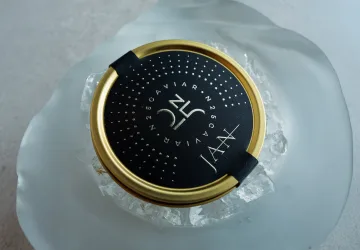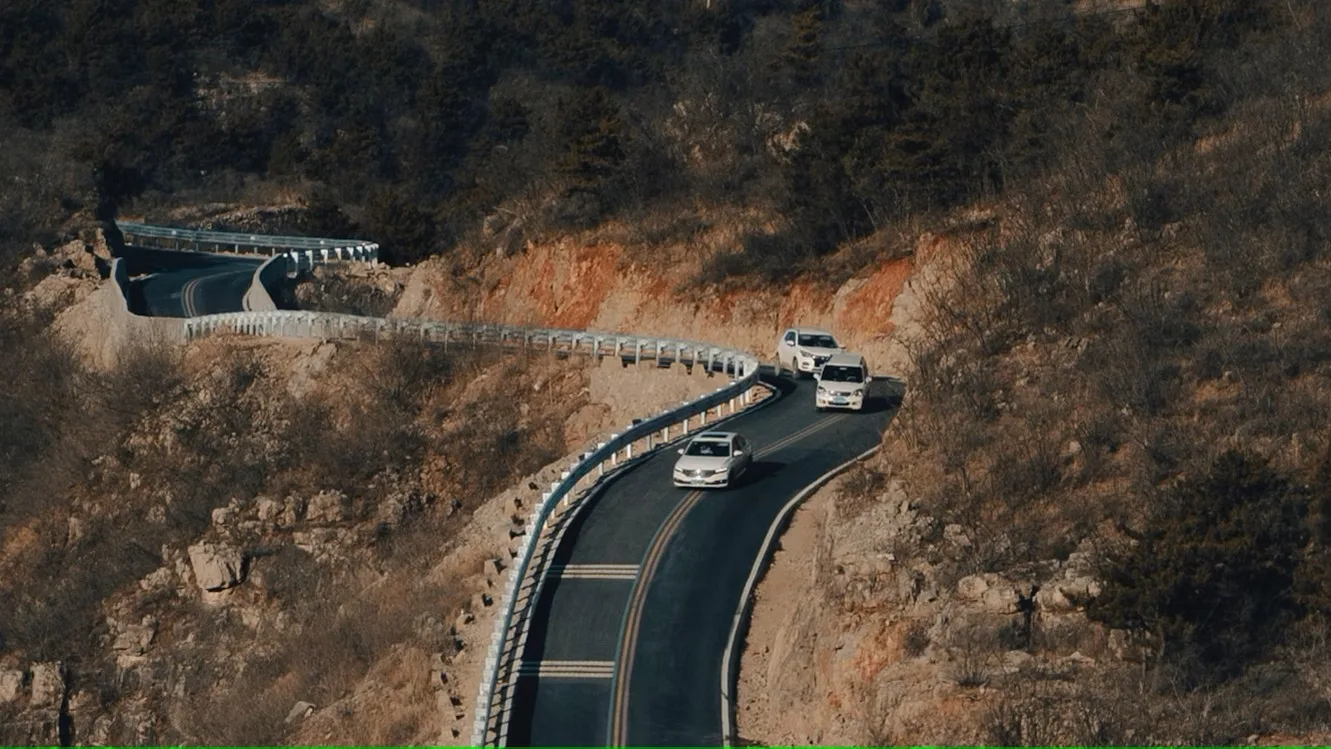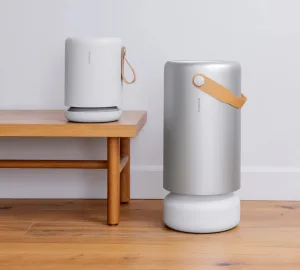5 minute read
The commercial roofing industry has evolved significantly in recent years, thanks to advancements in technology. From improved materials to innovative installation and maintenance techniques, businesses now have access to more efficient, cost-effective, and sustainable roofing solutions. These technological innovations are helping roofing professionals streamline processes, reduce costs, and extend the lifespan of commercial roofs.
As commercial buildings become more advanced, the demand for high-performance roofing systems that offer durability, energy efficiency, and minimal maintenance continues to grow. By integrating the latest technology into roofing services, businesses can protect their properties while optimizing long-term investments.
Innovative Roofing Materials for Enhanced Durability
One of the most significant technological advancements in commercial roofing is the development of high-performance roofing materials. Traditional roofing materials, while effective, often require frequent maintenance and repairs due to exposure to harsh weather conditions. Modern materials, such as thermoplastic polyolefin (TPO) and ethylene propylene diene monomer (EPDM), provide enhanced durability, energy efficiency, and resistance to environmental damage.
Cool roofing technology has also gained popularity in commercial roofing. These roofs are designed with reflective materials that minimize heat absorption, reducing energy costs by keeping buildings cooler. This advancement is particularly beneficial for businesses in hot climates, where reducing HVAC expenses is a priority.
Advancements in coatings and sealants have also played a crucial role in extending the lifespan of commercial roofs. Silicone and acrylic coatings offer enhanced waterproofing, UV resistance, and reduced maintenance costs, making them a preferred choice for businesses looking to protect their investment.
Drones for Roof Inspections and Maintenance
Roof inspections have traditionally been labor-intensive and sometimes hazardous, requiring contractors to climb onto rooftops to assess potential issues manually. The introduction of drone technology has revolutionized the way commercial roof inspections are conducted. With commercial roofing solutions utilizing drone technology, contractors can perform aerial inspections with high-resolution cameras, providing detailed images and data on roof conditions without the need for physical access. This not only improves safety but also enhances accuracy in detecting problems such as leaks, cracks, and structural weaknesses.
Drones equipped with thermal imaging cameras can identify heat leaks, moisture buildup, and insulation gaps that might not be visible to the naked eye. By leveraging this technology, roofing professionals can proactively address potential issues before they escalate into costly repairs.
Smart Sensors for Real-Time Roof Monitoring
Another game-changing advancement in commercial roofing is the use of smart sensors for real-time roof monitoring. These sensors are installed on commercial roofs to continuously track environmental conditions, temperature fluctuations, and potential structural weaknesses.
Smart roofing systems use predictive analytics to detect early signs of deterioration, allowing for timely repairs before significant damage occurs. Business owners can access real-time data through cloud-based platforms, enabling proactive maintenance and reducing the likelihood of unexpected roof failures.
These sensors provide valuable insights into moisture levels, which is crucial for preventing water damage and mold growth. By investing in smart roof monitoring systems, businesses can enhance the longevity of their roofs while minimizing operational disruptions caused by unexpected roofing issues.
Robotics and Automation for Installation Efficiency
The integration of robotics and automation in commercial roofing has streamlined the installation process, making it faster, safer, and more precise. Robotic roofing systems are capable of laying down roofing materials with high accuracy, reducing the risk of human error and improving overall efficiency.
Automated equipment, such as robotic seam welders, ensures consistent and durable seam bonding for flat and metal roofing systems. This technology enhances the overall quality of the installation while reducing labor costs and installation time.
Robotic solutions are particularly beneficial for large-scale commercial roofing projects, where precision and speed are critical. By minimizing manual labor requirements, businesses can reduce installation-related risks and achieve more reliable roofing results.
Green Roofing and Sustainable Solutions
As environmental concerns continue to grow, many businesses are turning to sustainable roofing solutions that reduce their carbon footprint while offering long-term cost savings. Green roofing technology, including vegetative roofs and solar-integrated roofing systems, is gaining traction in the commercial roofing industry.
Vegetative or “living” roofs consist of plant-covered surfaces that provide insulation, reduce stormwater runoff, and improve air quality. These eco-friendly roofing systems also enhance building aesthetics and contribute to LEED (Leadership in Energy and Environmental Design) certification for businesses looking to meet sustainability goals.
Augmented Reality and 3D Modeling for Project Planning
Advancements in augmented reality (AR) and 3D modeling have transformed the way commercial roofing projects are planned and executed. These technologies allow roofing contractors and building owners to visualize the final roofing design before installation begins.
3D modeling software enables detailed project planning by providing accurate measurements, material estimates, and structural analysis. This reduces the risk of errors during installation and ensures that roofing projects stay within budget and on schedule.
The commercial roofing industry continues to evolve with the integration of cutting-edge technology, leading to safer, more efficient, and environmentally friendly roofing solutions. From drone inspections and smart sensors to advanced materials and robotic automation, businesses have access to innovative tools that enhance roof longevity and reduce maintenance costs.
By embracing these technological advancements, commercial property owners can protect their investments, improve energy efficiency, and ensure their buildings remain secure and sustainable for years to come. As roofing technology continues to advance, businesses that leverage these innovations will benefit from long-term savings, improved safety, and higher-quality roofing solutions.





